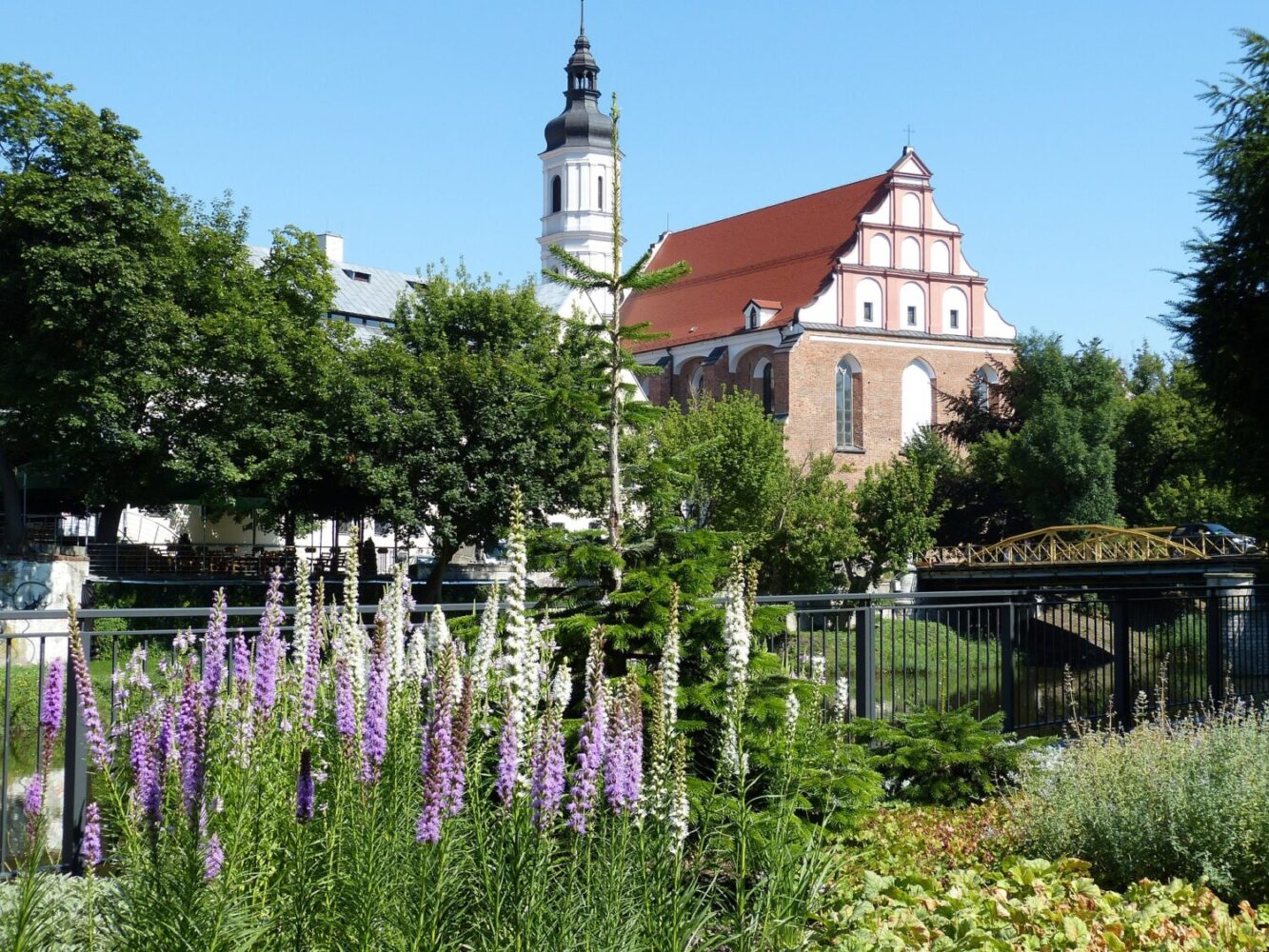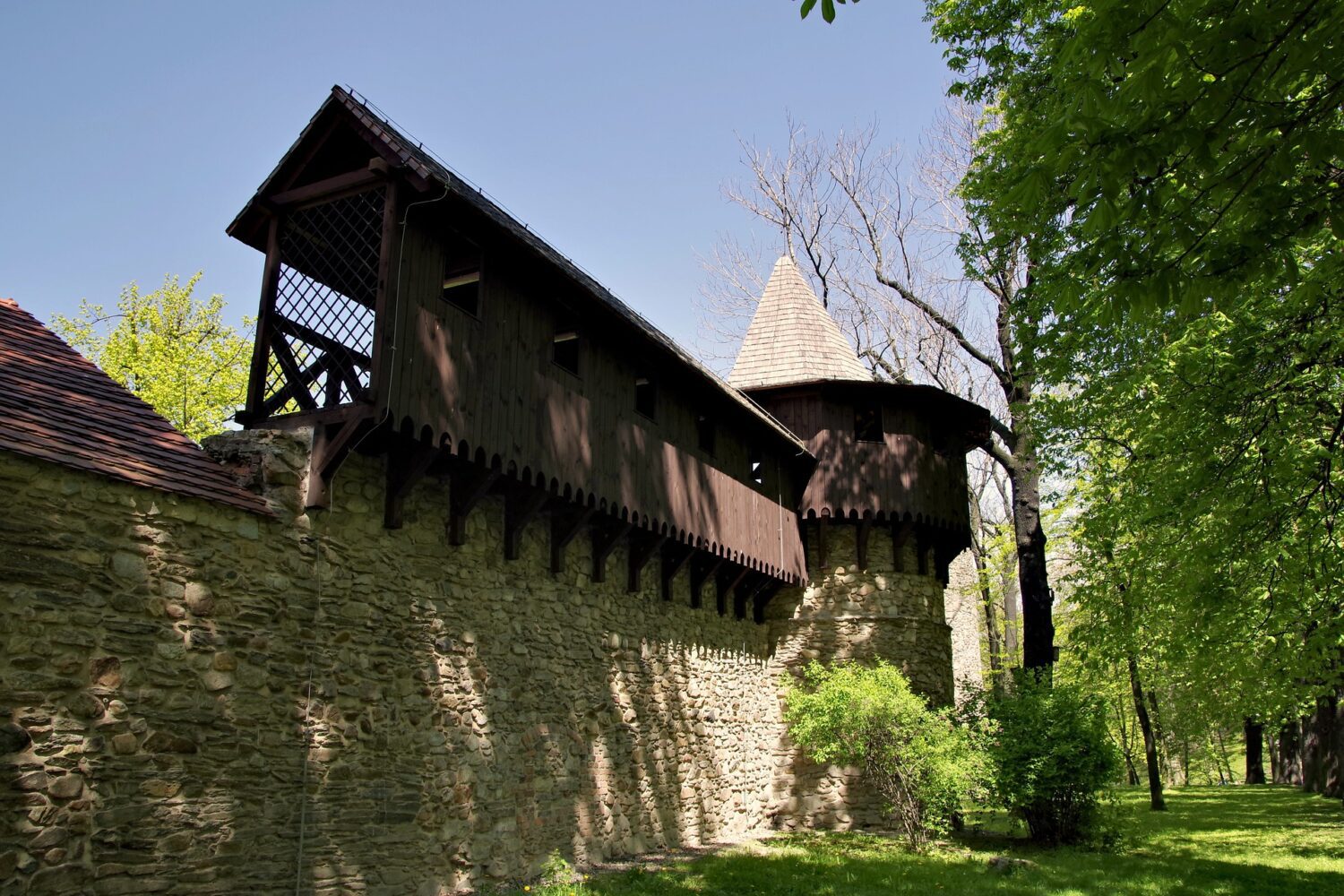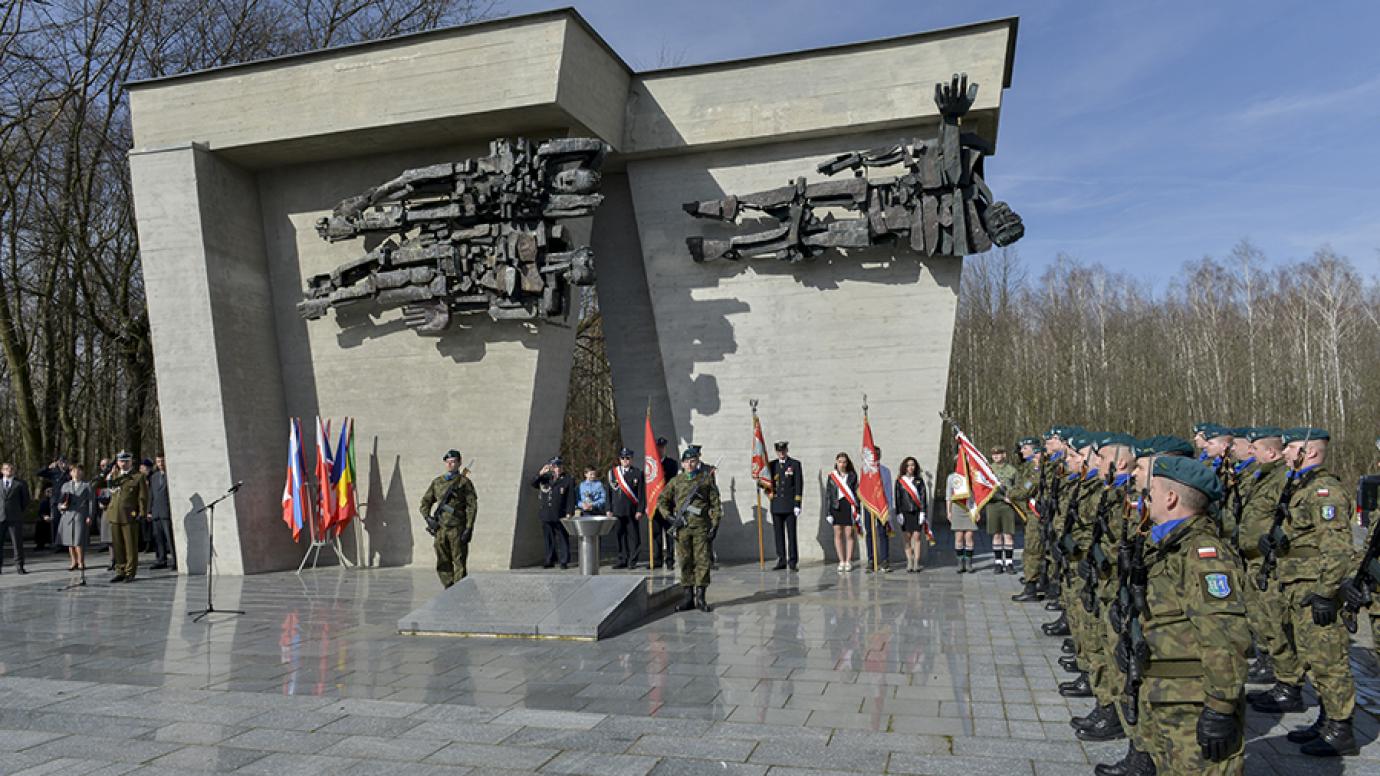Silesia (Slaskie)
Silesia
Silesia – updated 21 January 2023.
Silesia Voivodeship is located in southern Poland and has the city of Katowice as its capital. The province is one of the most important industrial regions of Poland with a proud history of mining.
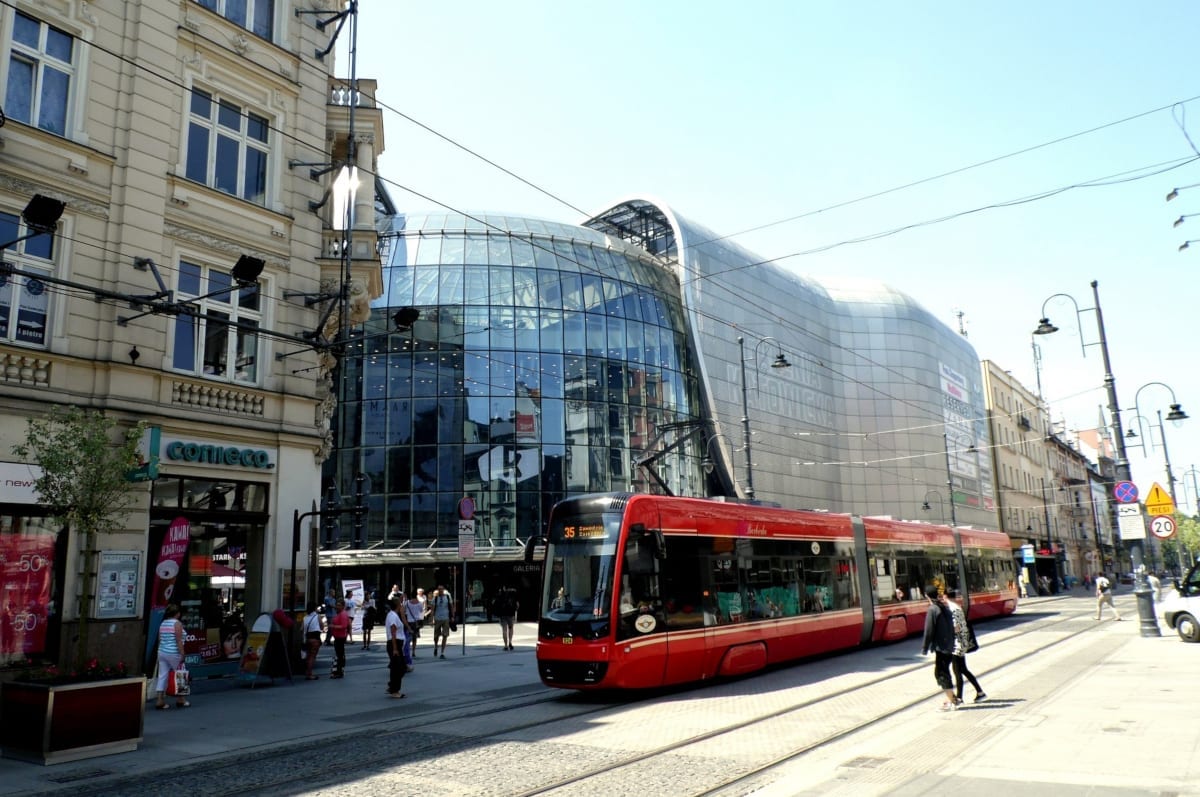
Industry & mining
Silesia is known for its industrial heritage and thriving coal mining industry. Visitors can explore the region's rich history by visiting the Upper Silesian Ethnographic Park, a living museum showcasing the traditional culture and customs of the region. Another must-see attraction is the Black Trout Adit, an underground mine open for tours.
Landscape Parks
There’s much more to the Silesia Voivodeship than industry, the region also has 8 Landscape Parks including: the Eagle Nests Landscape Park, the Little Beskids Landscape Park and the Silesian Beskids Landscape Park. You’ll also find nature preserves and mountain ranges within the region.
Trail of the Eagles Nests
Taking the Trail of the Eagles Nests is a great way to explore many historical sites including a chain of 25 medieval castles between Częstochowa and Kraków. The trail has been named the “Eagle's Nests”, as most of the castles are located on large, tall rocks of the Polish Jura Chain featuring many limestone cliffs, monadnocks and valleys below.
Tourist attractions
Favourite tourist destinations include the castle in Pszczyna or the Hochbergs hunting lodge in Promnice and mining facilities such as the “Guido” Coal Mine, the Queen Louise Adit and UNESCO listed Tarnowskie Góry Silver Mine which have been turned into fascinating and educational underground tourist attractions.
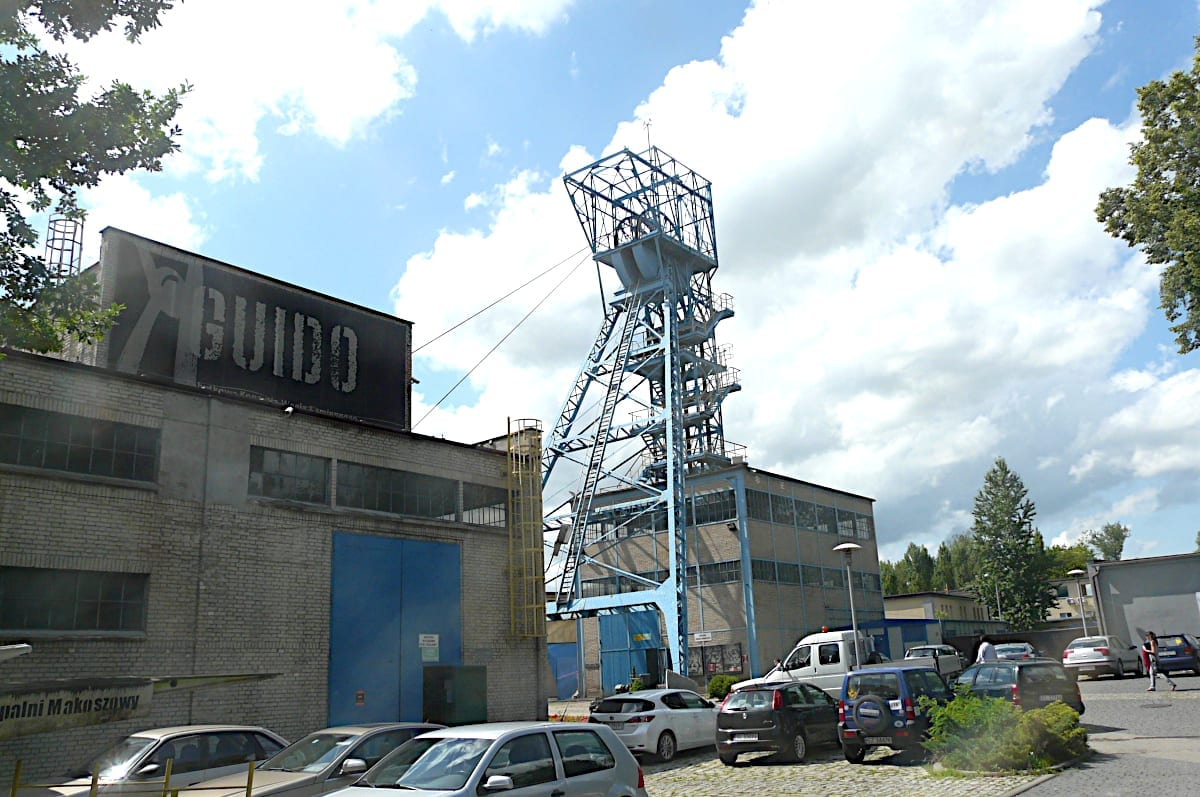
Winter sports
The town of Bielsko-Biała is surrounded by the Beskidy Mountains and this part of the region is very popular with winter sports enthusiasts. There are around 200 km of ski routes to enjoy serviced by over 150 ski lifts. Many of the ski slopes are equipped with artificial snow generators and are illuminated at night. The most visited winter resorts are Szczyrk, Brenna, Wisła and Ustroń.
Jasna Góra
Each year, millions of pilgrims from all over Poland flock to Jasna Góra in Częstochowa, mainly to see the blessed icon of the Black Madonna. Pilgrims travel on foot for several days often covering hundreds of kilometres.
Towns & villages
The region is also home to a number of picturesque towns and villages, including the charming town of Cieszyn, known for its well-preserved medieval architecture and the beautiful Teschen Palace. The palace is a former residence of the Habsburgs, which is now a museum open to visitors.
Culture
In terms of culture, Silesia is famous for its rich tradition of folk music, dance, and costumes. Visitors can experience this firsthand by attending one of the region's many folk festivals, such as the Festival of Folk Bands in Pszczyna or the Festival of Silesian Folklore in Racibórz.
Silesia is a diverse and fascinating region that offers something for everyone. From history and culture to outdoor activities and delicious food, there's no shortage of things to see and do. Start planning your trip to Silesia today and discover all that this amazing region has to offer.
